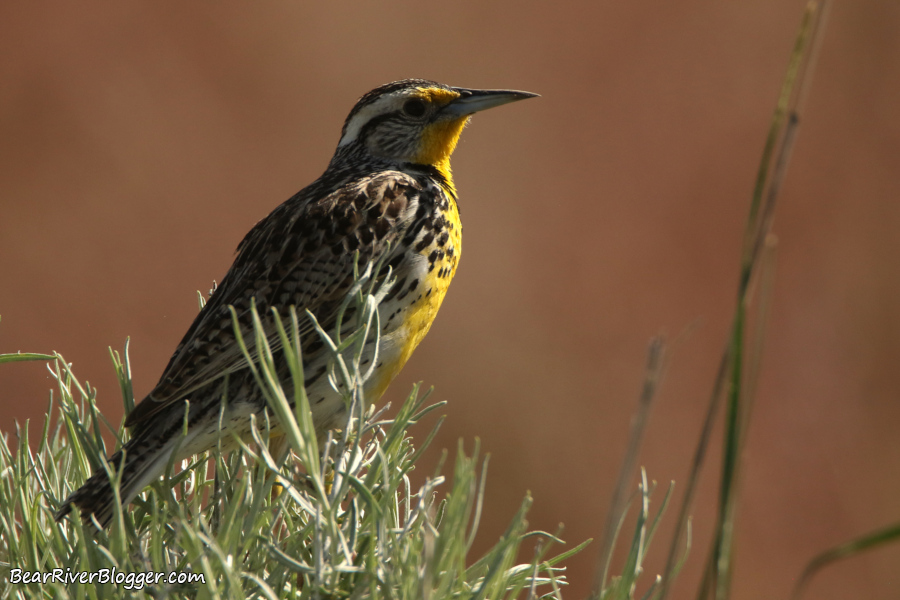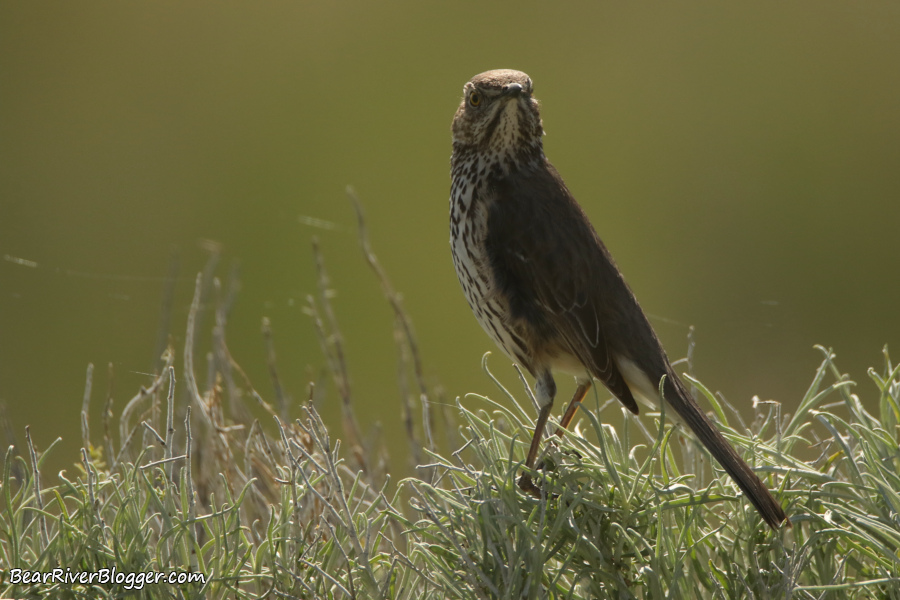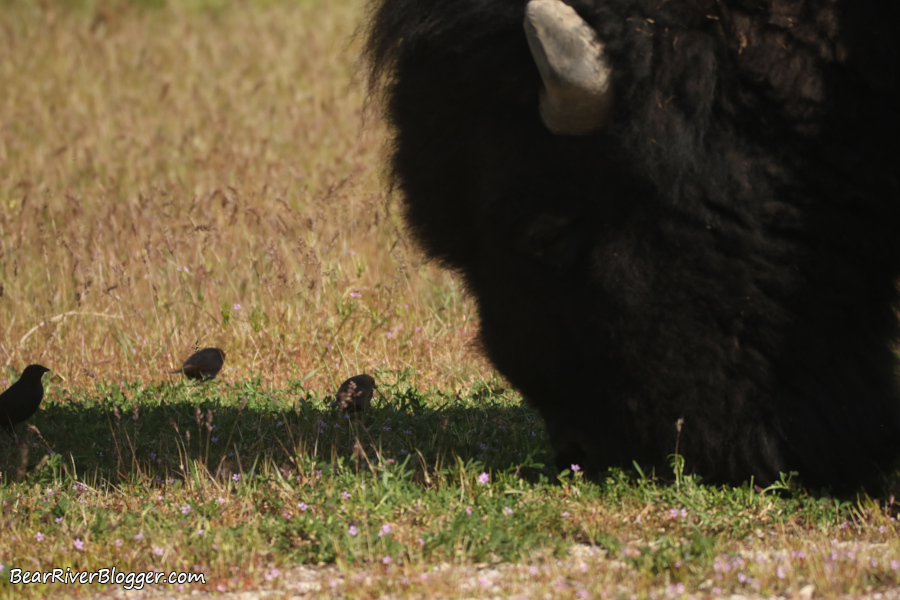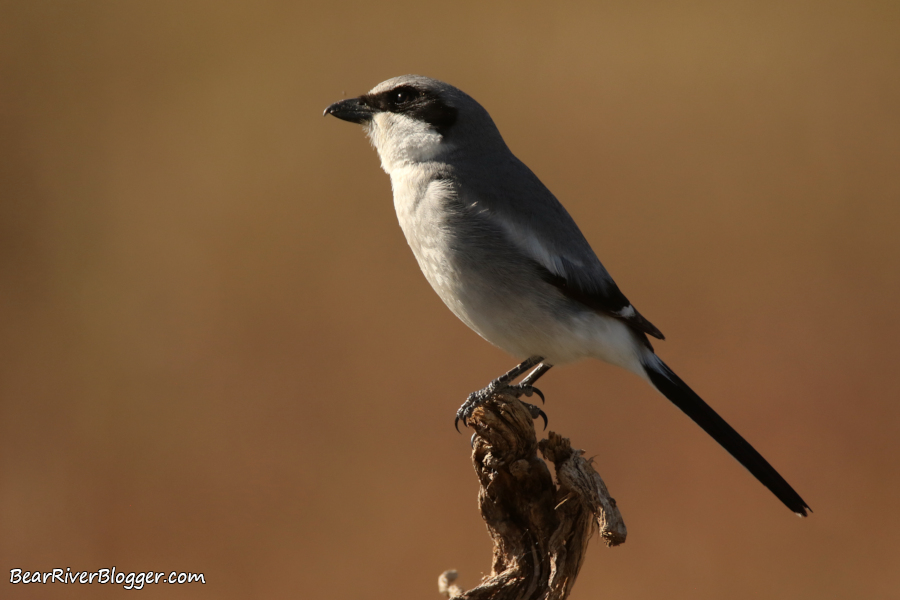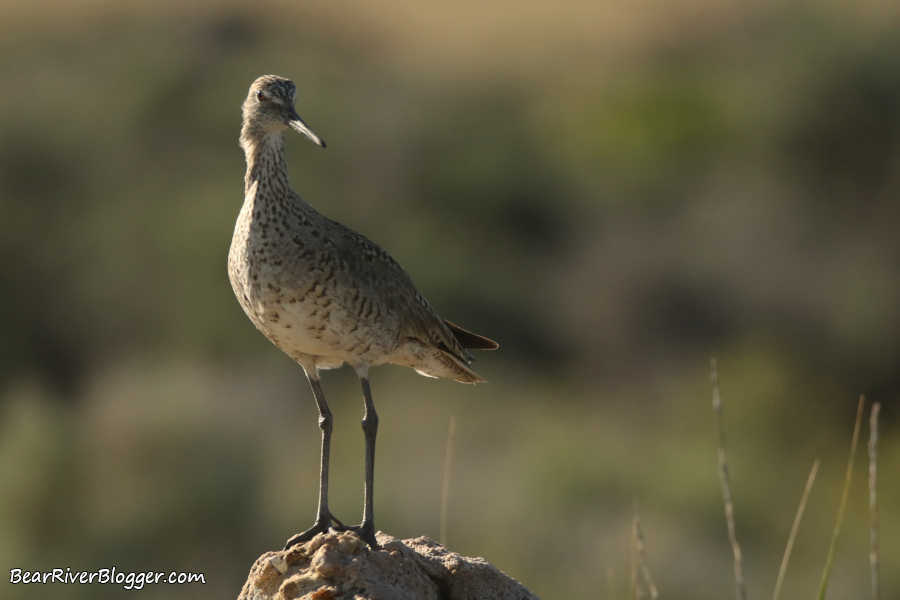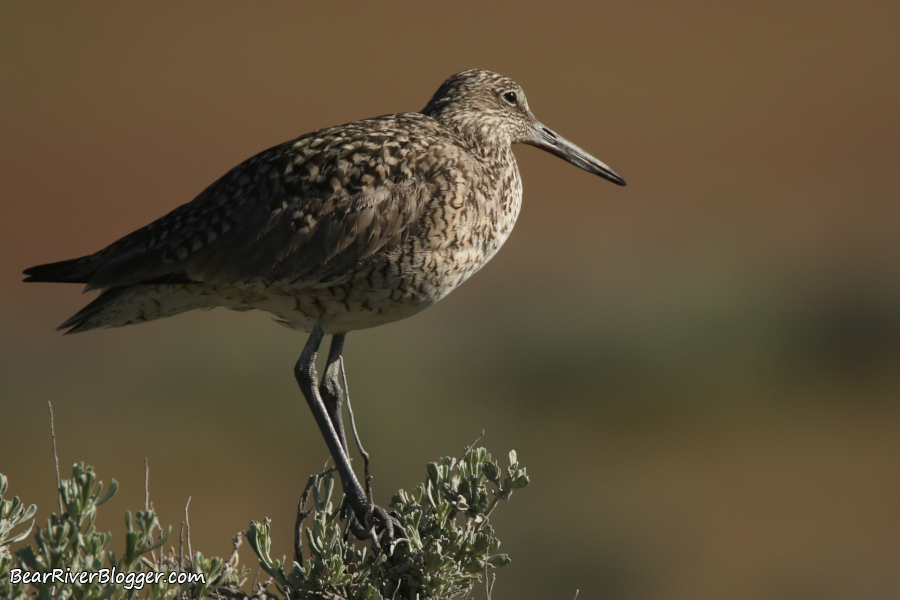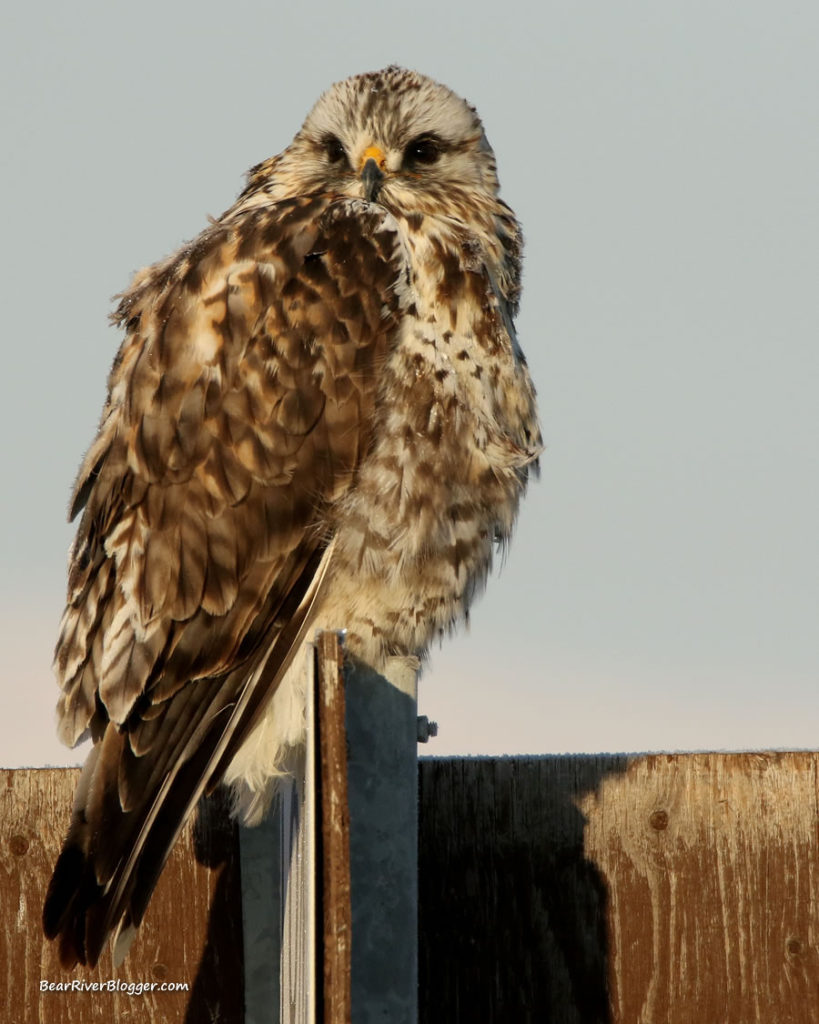When I have a birdwatching itch that needs to be scratched more times than not I head on over to the Bear River Migratory Bird Refuge auto tour route, and rightfully so since, at the time of this writing that is, the auto loop is currently ranked 4th on eBird’s Utah Hotspot list with a total number of 262 species of birds being observed and recorded by fellow birders.
To put that number into some kind of perspective, however, the current top spot on that list goes to Fish Springs NWR with a total number of 296 bird species being accounted for on the small and very remote wetland oasis.
Interestingly enough, Antelope Island State Park is currently sandwiched between those two birdwatching hotspots at number 3 with an amazing total of 263 species of birds to its credit.
The reason I say it’s amazing is if you’ve ever been to Antelope Island State Park the first thing you notice is how dry the terrain is, the literal exact opposite of both Bear River and Fish Springs wildlife refuges, but Antelope Island isn’t the exact opposite to those or any other hotspots in Utah, not by any means when it comes to birdwatching opportunities.
All of the images for this blog post, including the photo gallery at the end below, were, in fact, photographed yesterday on the island and are only a small fraction of the variety and amount of birds I crossed paths with in just a few hours.

The unique aspect of Antelope Island for birdwatching lies in the variable habitats that are so close together and within the confines of about a 20-mile drive that starts as you first pass through the Great Salt Lake with its plentiful offering of waterfowl and shorebirds along the causeway, then travel around island’s grasslands with its own array of birds, including willets, burrowing owls, and meadowlarks, and eventually end up at the Garr Ranch on the southern tip of the island where lots songbirds and even a great horned owl or two can be found in the small but vital grove of large trees that tower over the rustic buildings.
Birdwatching on Antelope Island is like everywhere else, it has its seasonal ups and downs, but during summer and parts of spring and fall migration, the island and nearby Great Salt Lake offer a birding experience that has few local rivals.
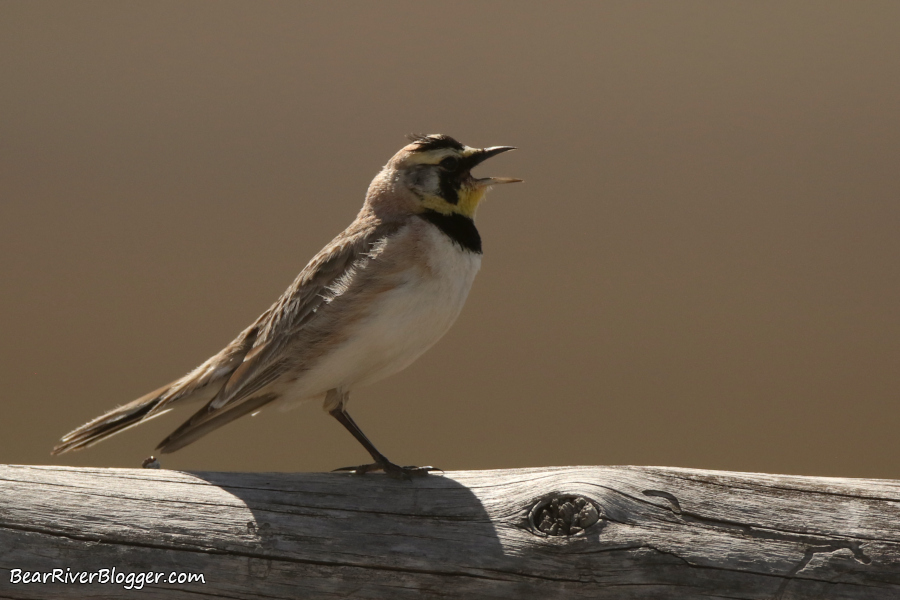
To change things up a bit I opted to do some birdwatching and photography on the island yesterday, and a better day I could not have picked.
Not only was the weather near perfect, but birds were around every corner it seemed and, as an added bonus, some of the large bison bulls were very accommodating as they grazed right next to the road, as shown by the video below.
I spent about 4 hours on the island enjoying the birds, the bison, and the wide open spaces and wished I could have stayed the whole day, in fact.
With regards to birdwatching and photography, I will say the absolute best time to visit Antelope Island is on a weekday very early in the morning, just after the sun crests the Wasatch Mountains to be more precise.
I arrived about 7:30 am but, honestly, I shouldn’t have stopped for breakfast so I could have enjoyed another 30 minutes of the sublime morning the island offered me as I looked for birds to photograph for this website.
The reasons why I believe early mornings on a weekday are the best times to birdwatch on Antelope Island come down to the birds themselves were pretty active at first light, the early morning sunlight is superb for photography, and last but definitely not least there was almost nobody else on the island for the first hour and a half so I had the whole place to myself for that early morning stretch.
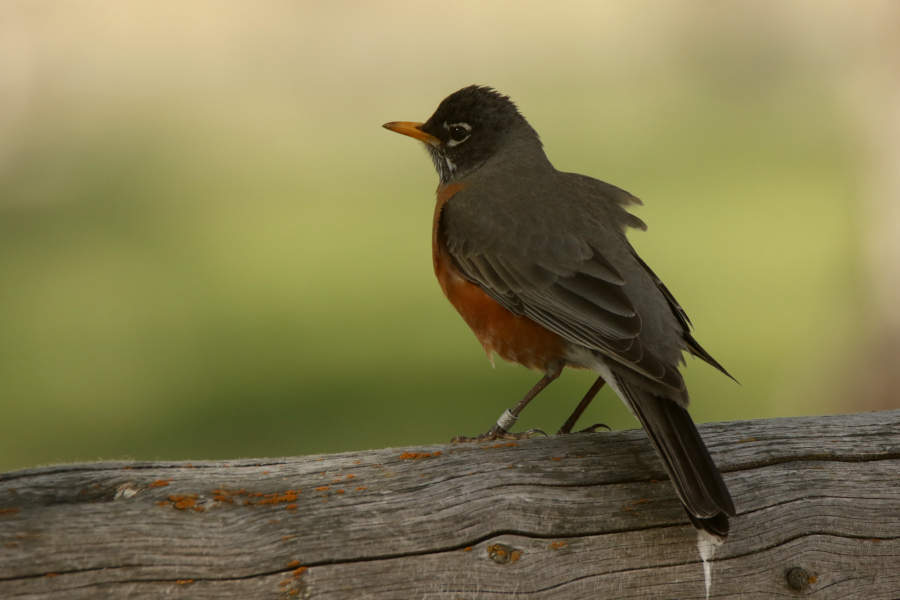
In fact, it wasn’t until almost 10:00 am when I noticed a large influx of visitors but by that time I had plenty of time to enjoy the early morning serenity, and having other people there was enjoyable in and of itself as I ended up meeting a few fellow birdwatchers and photographers enjoying some of their time on the island as well.
Antelope Island is approximately 28,000 acres in size but, unfortunately, much of the island is closed to protect the wildlife on the island except, of course, for the Garr Ranch, the 17 hiking trails, and the asphalt roads that circle the north end and extend to the southern tip on the front side of the island.
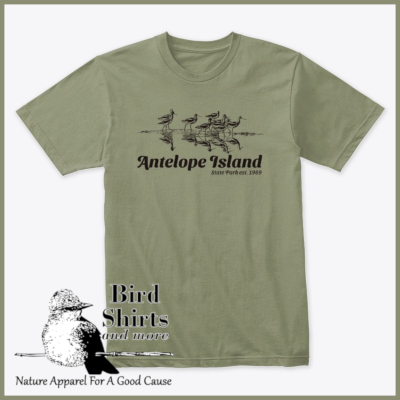
Despite it sounding like most of the island is off-limits, however, don’t let it mislead you there are plenty of locations that offer great opportunities for birdwatching depending on how energetic someone is.
I typically just drive the asphalt roads in search of birds to photograph and enjoy but I have ventured off on a couple of the hiking trails for both birds and photography a time or two so there are other options if someone wants to get away from the vehicles and roadways and do some birdwatching on foot.
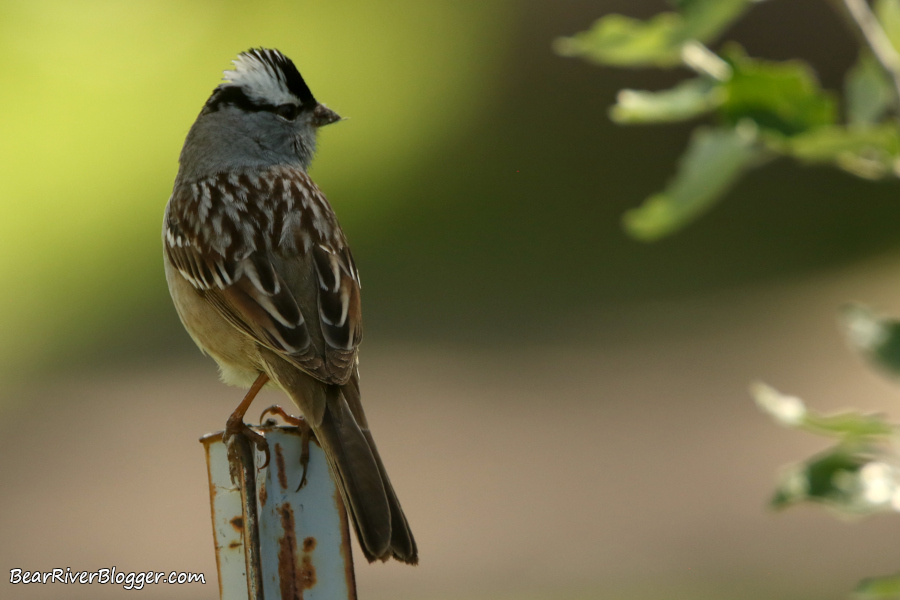
Antelope Island is one of the top birdwatching locations in Utah but with its arid landscape, it can appear at first glance anything but a birding hotspot.
One thing to remember is, however, with Antelope Island being a state park there is a daily entrance fee of $15 but it’s a small price to pay for a full day of birdwatching and just getting out in nature for a spell.
An annual state park pass is also available at the toll booth, the option I take every year mind you, that will give you access to not only Antelope Island but the other state parks as well, contact Utah State Parks for more information about the annual park pass.
It just takes a little time and effort to understand when, where, and what kinds of birds can be found on the island as it’s most definitely a different birding experience than the famous Bear River Migratory Bird Refuge auto tour route but one that is both just as rewarding and quite enjoyable in its own right.
Subscribe And Follow Bear River Blogger
If you’re a birdwatcher or nature enthusiast who loves to get outdoors and enjoy the natural world we live in, I offer you to head on over to our subscribe page and sign up for email notifications for future blog posts where we share our love for birdwatching and nature through photography and the written word.
For those of you who utilize the technology of social media, we have also started a Bear River Blogger Facebook page you can follow where we post updates and images about the famous Bear River Migratory Bird Refuge auto tour route, as well as other natural places of interest, that are too small for a blog post here on this website.
(Bison Feeding Close To The Road. For short nature photography tips and interesting stories about the natural world around us, subscribe to our Bear River Blogger channel on YouTube for videos and updates from our travels while out in nature, both on and off of the famed Bear River Migratory Bird Refuge.)
Birds On Antelope Island Photo Gallery
